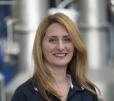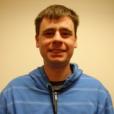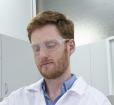Australia’s OPAL multi-purpose reactor prepares for new milestone
Routine transport of spent nuclear fuel

Showing 281 - 300 of 847 results
Routine transport of spent nuclear fuel


Role at ANSTO
Dr Richard Mole is an instrument scientist co-responsible for the cold-neutron time-of-flight spectrometer PELICAN.
A new systematic investigation of the origins of atomic structural distortions in compounds containing uranium has relevance for spent nuclear fuel .




Nuclear science is crucial to understanding our universe, our world and ourselves at the atomic level. If we can understand how atoms get together, interact, or can be best combined with other atoms, new, more efficient materials and drugs can be developed.
Training hosted and delivered by ANSTO on behalf of the IAEA assisted the Philippine Nuclear Research Institute (PNRI) to prepare for the successful management of a recent nuclear forensics operation.
Recently, a small delegation, including Yandruwandha Yawarrawarrka representatives from the remote outback settlement of Innamincka SA, travelled to ANSTO to deliver rare wooden Aboriginal archaeological artefacts for measurements to determine their age and origin.

Researchers from ANSTO and NASA’s Jet Propulsion Laboratory have uncovered the likely mineral composition of Saturn’s largest moon, Titan, revealing a world of exotic organic crystals unlike any found on Earth.

Health researchers at ANSTO use world-class nuclear and isotopic techniques to undertake research and development activities to address some of the most challenging health problems.
